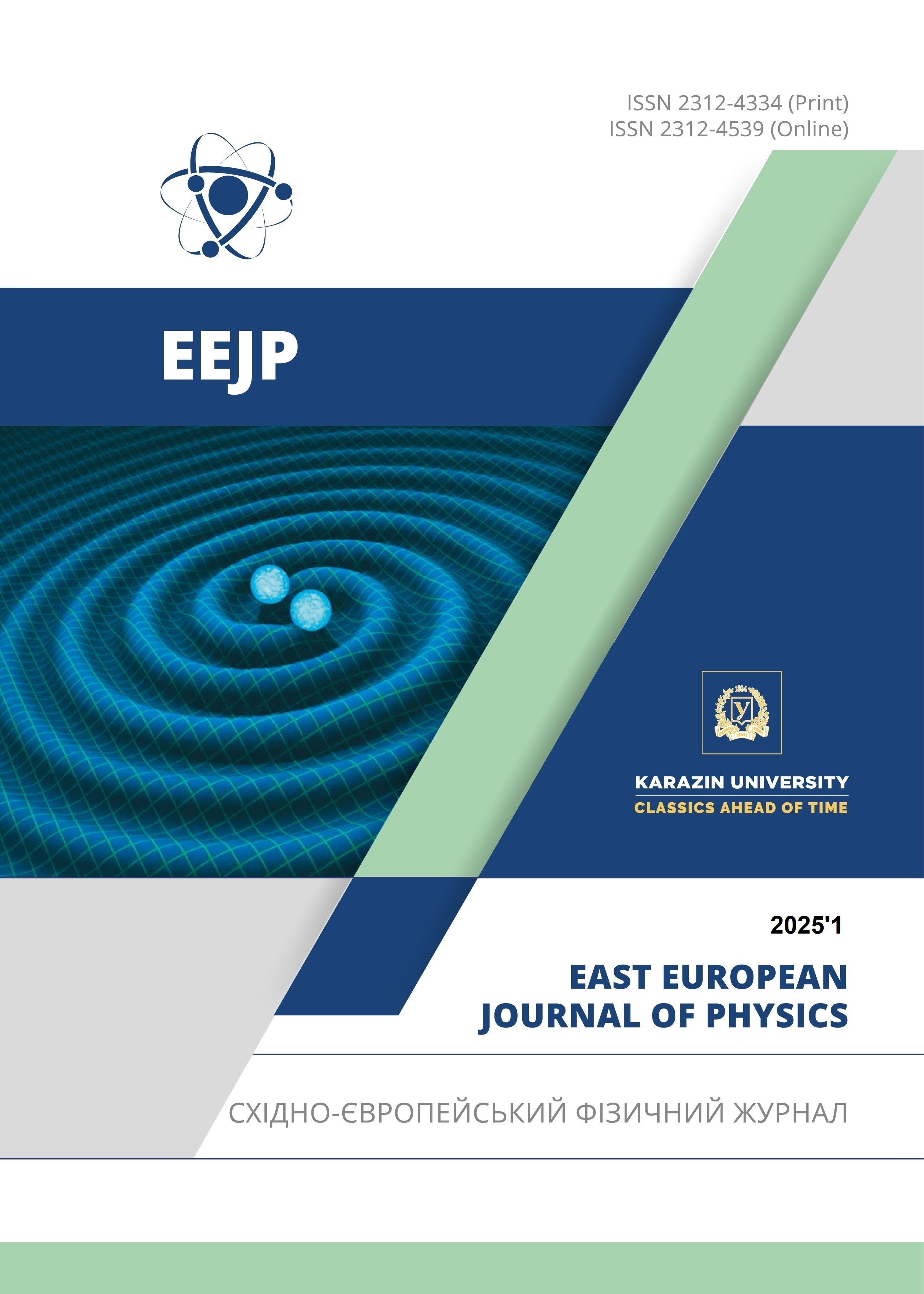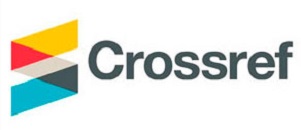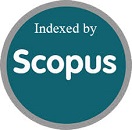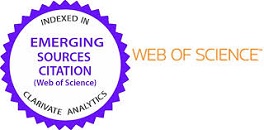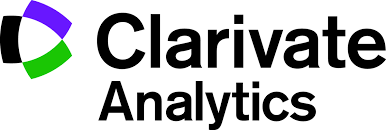Interaction of Heavy Metals with 7S Soybean Globulin: Molecular Dynamics Study
Abstract
Molecular dynamics (MD) simulations were performed to examine the structural and dynamic effects of Cd²⁺ and Co³⁺ binding on 7S soybean globulin. Using a 200 ns simulation at 300 K with GROMACS and the CHARMM General Force Field, key structural parameters—including root-mean-square deviation (RMSD), radius of gyration (Rg), solvent-accessible surface area (SASA), and root-mean-square fluctuations (RMSF)—were analyzed to assess protein stability, flexibility, and compactness under varying metal ion concentrations. The results of the MD simulation indicate: i) at low metal concentrations, the protein maintained structural stability with minimal deviations; ii) increasing metal ion concentrations induced distinct structural changes in the protein structure depending on the ion type; iii) lower metal concentrations primarily affected specific regions of the α-subunit, whereas higher concentrations influenced both the α- and β-subunits; iv) fluctuations in secondary structure elements—α-helices, 310-helices, and β-strands—suggested potential destabilization, particularly in systems with high metal concentrations; v) α-helical content remained stable throughout the simulation, a slight decrease in β-sheet content was observed at higher metal concentrations. This suggests that heavy metal binding may have a destabilizing effect on β-sheet structures, altering the overall conformation of 7S globulin. These insights are valuable for the development of protein-based nanomaterials for heavy metal detection and sorption.
Downloads
References
Y. Wei, Z. Huang, Z. Yu, C. Han, and C. Yang Materials, 14, 5436 (2021). https://doi.org/10.3390/ma14185436
Q. Wang, Y. Duan, Y. Huang, et al., Carbohydrate Polymers, 323, 121410 (2023). https://doi.org/10.1016/j.carbpol.2023.121410
S. Zhang, C. Long, X. Zhu, et al., ACS Nano, 17, 18850 (2023). https://doi.org/10.1021/acsnano.3c03782
X. Huang, R. Li, L. Zeng, et al., Carbon, 161, 360 (2020). https://doi.org/10.1016/j.carbon.2020.01.069
X. Ren, and M. Soucek, ACS Symposium Series, 1178, 207 (2014). https://doi.org/10.1021/bk-2014-1178.fw001
Z. Teng, Y. Luo, and Q. Wang, J. Agric. Food Chem. 60, 2712 (2012). https://doi.org/10.1021/jf205238x
H. Zare-Zardini, H. Soltaninejad, A. Ghorani-Azam, et al., Prog Biomater, 11, 311 (2022). https://doi.org/10.1007/s40204-022-00197-4
K. Chien, E. Chung, and R. Shah. J. Biomat. App. 28(7), 1085 (2014). https://doi.org/10.1177/0885328213497413
Z. Ju, G. Lu, O. Sheng, et al., Nano Lett. 22(3), 1374 (2022). https://doi.org/10.1021/acs.nanolett.1c04775
J. Liu, D. Su, J. Yao, Y. Huang, J. Shao, and X. Chen, J. Mater. Chem. A, 5, 4163 (2017). https://doi.org/10.1039/C6TA10814H
S. Anselmo, T. Avola, K. Kalouta, S. Kataldo, et al., Int. J. Biol. Macr., 239, 124276, (2023). https://doi.org/10.1016/j.ijbiomac.2023.124276
M. Yamada, M. Ujihara, and Y. Yamada, J. Compos. Sci. 7, 419 (2023). https://doi.org/10.3390/jcs7100419
O. Zhytniakivska, U. Tarabara, K. Vus, V. Trusova, and G. Gorbenko, East European Journal of Physics, (1), 497 (2024). https://doi.org/10.26565/2312-4334-2024-1-55
S. Jo, T. Kim, V.G. Iyer, and W. Im, J. Comp. Chem. 29, 1859 (2008), https://doi.org/10.1002/jcc.20945
W. Humphrey, A. Dalke, and K. Schulten, J. Mol. Graph. 14, 33 (1996), https://doi.org/10.1016/0263-7855(96)00018-5
T. Hashimoto, T. Shimuzu, M. Yamabe, M. Taichi, et al., FEBS Journal, 278, 1944 (2011). https://doi.org/10.1111/j.1742-4658.2011.08111.x
Copyright (c) 2025 O. Zhytniakivska, U. Malovytsia, K. Vus, V. Trusova, G. Gorbenko

This work is licensed under a Creative Commons Attribution 4.0 International License.
Authors who publish with this journal agree to the following terms:
- Authors retain copyright and grant the journal right of first publication with the work simultaneously licensed under a Creative Commons Attribution License that allows others to share the work with an acknowledgment of the work's authorship and initial publication in this journal.
- Authors are able to enter into separate, additional contractual arrangements for the non-exclusive distribution of the journal's published version of the work (e.g., post it to an institutional repository or publish it in a book), with an acknowledgment of its initial publication in this journal.
- Authors are permitted and encouraged to post their work online (e.g., in institutional repositories or on their website) prior to and during the submission process, as it can lead to productive exchanges, as well as earlier and greater citation of published work (See The Effect of Open Access).
